A person of consequence or prominence; a powerful, important person.
Big Shot in Paris:
An accomplished artist whose body of work is honored in multiple museums.
Paris, home to some of the best and most acclaimed art in the world,
knows how to multiply and flaunt its loveliness.
Piggybacking off the city's remarkable architecture and natural beauty,
Paris art museums make it their business to raise the capitol's beauty bar.
Those of us lucky enough to holiday chez Paris
are gifted a most generous opportunity.
With a variety of art genres and universally treasured masterpieces spread
throughout the city, we find ourselves inspired every time we turn the corner.
I think it's fair to say at the center of that diverse world,
Impressionism stands tall.
And in that revolutionary world of Impressionism,
Claude Monet soars front and center.
The big shot of Paris, Monet's brushstrokes can be seen all around the capital,
with permanent collections in not just one but four major museums.
Well loved, much respected, Monsieur Monet's museums
allow even the most casual visitor an opportunity
to get to know one of France's most prolific painters.
Monet is the star attraction in two of them:
The Musée Marmottan-Monet and the
Musée de l'Orangerie focus largely on Monet and his time.
Not to be outdone, the Petit Palais and the venerable Musée d'Orsay
feature many of Monet's canvases, offering recognition and insight
into the captivating genius behind this beloved french artist.
Remarkable stuff, important to a revolutionary art movement,
Monet and the museums where he now "resides" are a
perfect place to start your beautiful journey.
once referred to themselves as The Anonymous Society of Painters.
Growing into the biggest and most beloved art movement of the century,
the Impressionists -- as they are now known -- were once scorned.
Today they are virtual name brands, adored by millions of art devotees.
But back in the day -- around 1863 to 1883, the precocious painters had to
fight for their place in the hard-line traditional world of Parisian art.
Big name artists like Claude Monet, Camille Pissaro, Edgar Degas, and
Alfred Sisley bucked the system and won -- but it wasn't easy.
Their casual style was criticized for looking messy and unfinished.
Conservative academic painting was preeminent,
its influence single-minded and set in stone.
But then came the progressive Impressionists, advancing vivid colors
and fast-paced brushstrokes, blazing the trail for a new modern age of art.
And quite naturally, Paris, being Paris, axis of fashion and the fashionable,
grew to accept -- then herald -- the radical new movement.
"Color is my day-long obsession, joy and torment."
Claude Monet
you're in for a rare treat.
It's my opinion that Monet's work still looks modern
in relation to some of his other contemporaries.
But don't just take my word for it, look at all the major art
centers in France -- places like Rouen, Nancy, Lille, Nantes and
others where fine arts collections always include the
transcendent work of the gifted painter.
Claude Monet's art offers a detour from real life.
Whether you enjoy landscapes, portraits or his famously
systematic experiments to capture changing light and conditions,
you need not be an art connoisseur to appreciate his work.
Bending all rules and standards of the day, Monet moved the art world
out of its gray rule-driven prison into a theater of the imagination
where attitude and being "in the moment" colored his world.
Imagine this, when the Impressionists began painting "en plein air" --
painting outdoors in the natural light rather than in studio -- it was
considered a novel and somewhat bizarre approach.
Viewing Monet's cosmos is like sitting in your favorite garden -- meditating --
clearing your mind, feeling empowered as his rhythm and vision come to life.
His fascination with getting the light "just right" propelled him to paint the
same subject over and over, capturing one particular moment in time.
He produced series of canvases -- most famously, of course, the lily-pond
at Giverny -- but also took this approach when painting
the Cathedral of Rouen, Gare Saint-Lazare, and simple stacks of
hay -- attempting to illustrate that art -- like life -- is fleeting.
Perhaps the notion of "living in the moment" came straight from his palette...
Fresh and exciting -- isn't that exactly what a true art lover is looking for?
Throw the doors wide open to this energy and watch
your own appreciation of art explode.
"Subjecting color and lines in this way to the emotion he has felt
and seeks to express, the painter will do the work of a poet, a creator."
Paul Signac, Neo-Impressionist,
inspired by Monet's work
to the 16th arrondissement, home to the largest Monet collection in the world.
The Musée Marmottan-Monet resides in the neighborhood called Auteuil,
a stretch of real estate deemed wealthy, residential and chic.
Hundreds of Monet masterpieces call this mansion-museum home,
beautifully displayed, presented with a real feeling of history.
The house, originally a hunting lodge, was built for the Duke of Valmy,
one of Napoleon Bonaparte's personal heroes.
Luckily for us, it's perfectly positioned to avoid the crowds
typically encountered at more centrally located art galleries.
The Musée Marmottan-Monet may take a bit more effort to reach than other
well-located museums, but you'll be well rewarded for your effort.
For one thing, Impression Sunrise -- the painting that started the
movement -- resides here, making it easy to follow Monet's
transition through various periods of his life's work.
Featured, too, are some of his contemporaries including
Edouard Manet, Berthe Morisot and Renoir just to name a few.
I'd be willing to wager you'll stay longer than you planned.
The nature scenes are particularly breathtaking.
Whether you lose yourself in the tulip fields of The Netherlands
or the poppy-fields of France, a trip to the Musée Marmottan-Monet
is as rejuvenating as a good spa massage.
Monet watching makes for a splendid afternoon.
Monet-centric museum -- with good reason.
Brilliantly located just off Place de la Concorde and the Tuileries Gardens,
this Monet repository has an architectural bend that actually adds
to the already surreal beauty of the master's designs.
The museum is a perfect home for Monet's murals of Giverny.
With a 360° panoramic view bathed in light, you'll get a real
sense of the gardens as they appeared in the changing light of day.
This may have been Monet's most important work -- personal, bathed
in emotion -- as it was his last chance to capture what he loved most.
The elderly Monet loved his gardens as much as he loved painting,
proof you'll immediately recognize on the colorful canvas panels.
Of course nothing beats the real thing.
But we'll save Giverny for another day.
In the meanwhile, I'll take Paris.
I know next to nothing about making art.
But I do love it madly, selfishly, completely.
Color, light, shadow, nature and extraordinary talent
combine to produce a familiar sensation -- PASSION.
Give in to your emotion and say hail to the chief.
Go ahead, give a big shout out to Claude Monet,
Big Shot in Paris.
2 rue Louis-Boilley, 16th Arrondissement
Musée de l'Orangerie
Jardins des Tuileries, Place de la Concorde, 1st Arrondissement
Musée d'Orsay
1 rue de la Legion d'Honneur, 7th Arrondissement
Petit Palais
avenue Winston-Churchill, 8th Arrondissement






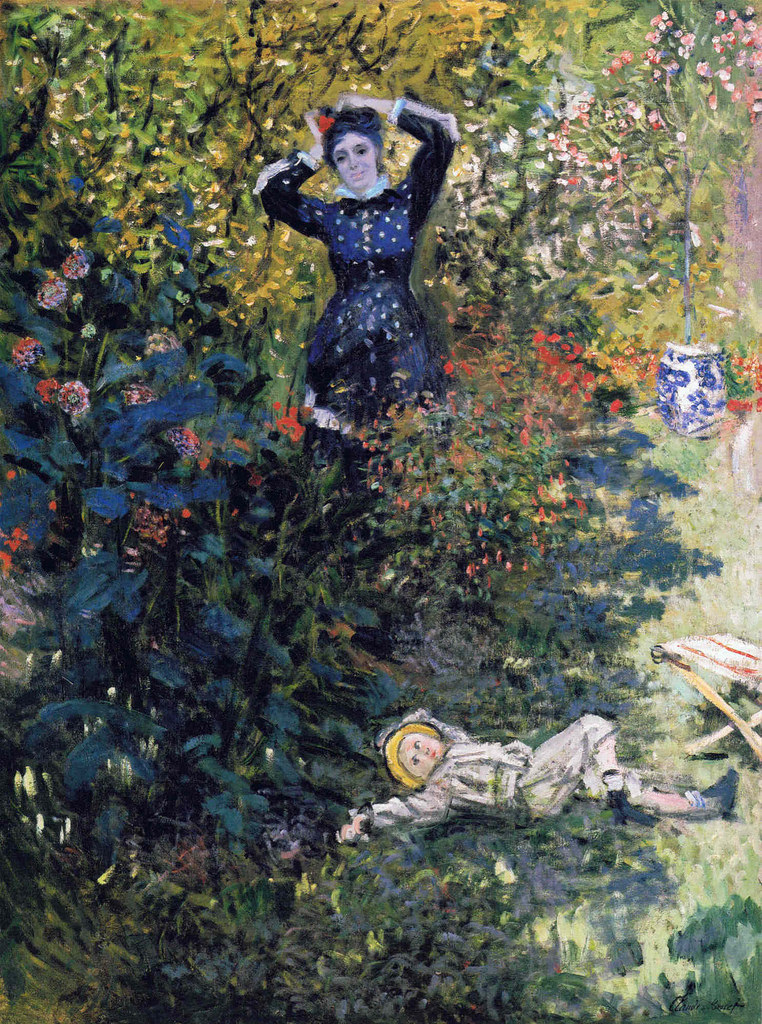


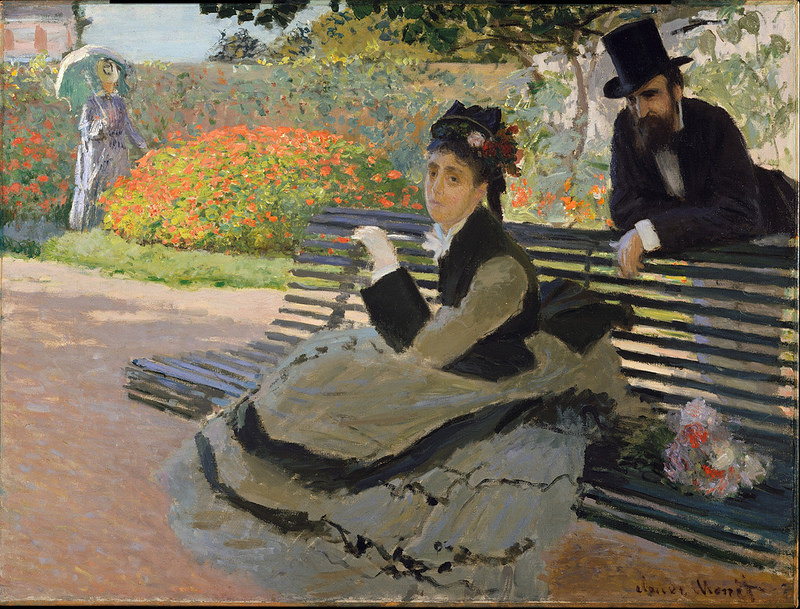
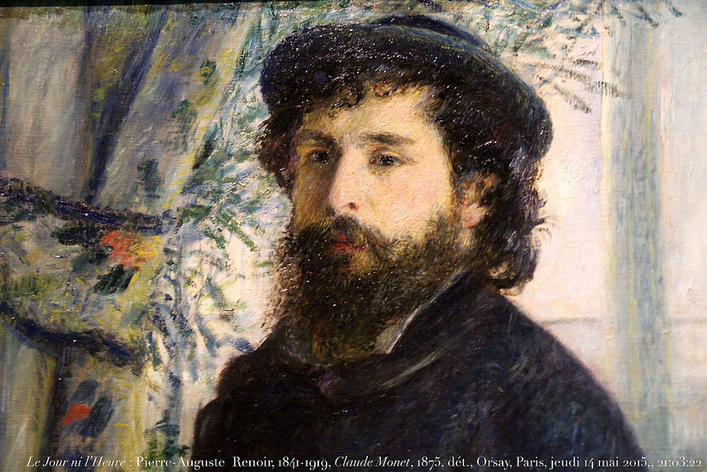



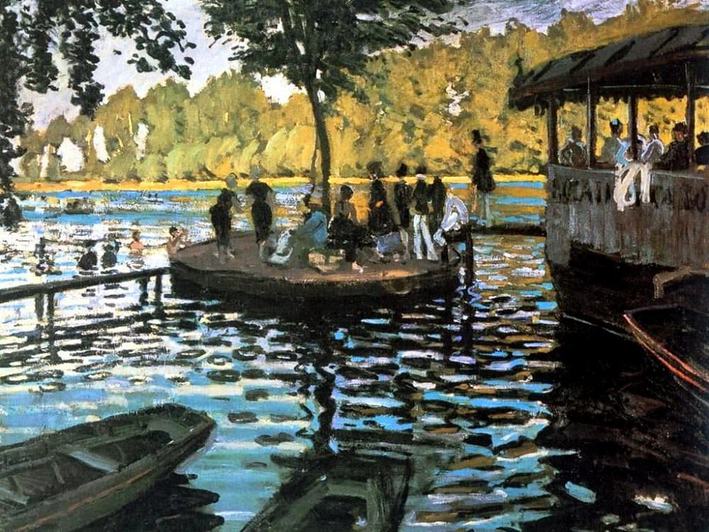

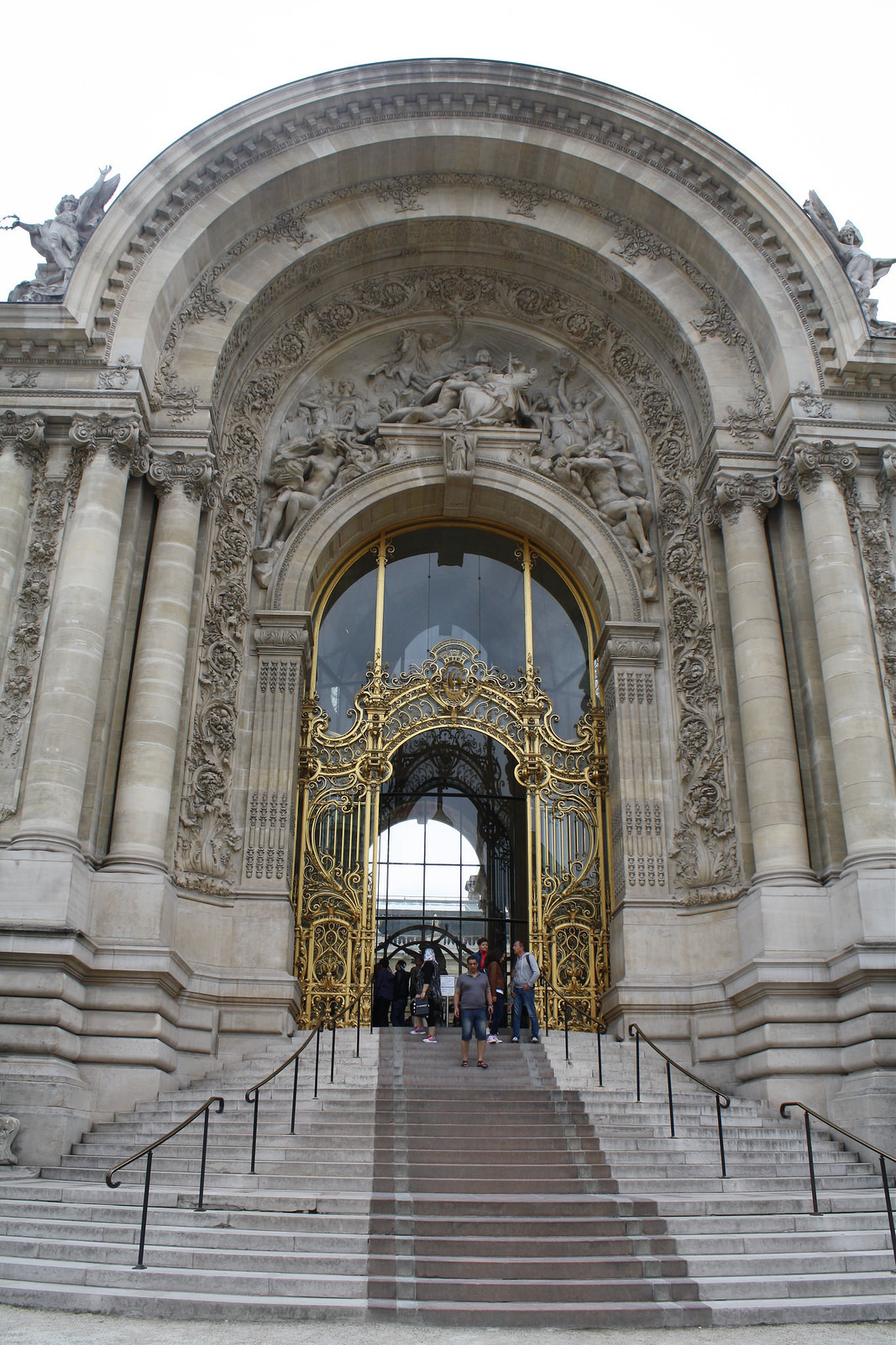


 RSS Feed
RSS Feed
